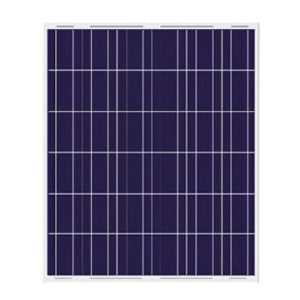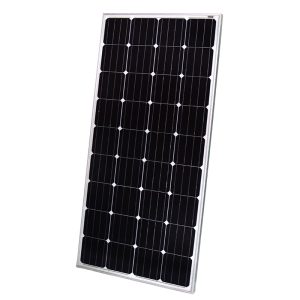Solar inverters play a critical role in any photovoltaic (PV) system by converting the direct current (DC) electricity generated by solar panels into alternating current (AC) that can power home appliances and feed into the utility grid. 2.2 kW inverters are a popular residential size, typically paired with rooftop solar arrays between 2-3 kW.
This comprehensive guide will explore key specifications, configurations, brands, and purchasing considerations for 2.2 kW solar pump inverters. We’ll also overview proper installation and safety protocols.
What is a 2.2 kW Solar Inverter?
A 2.2 kW solar inverter converts DC input from a home’s solar panels and outputs 2,200 watts (2.2 kW) of AC power. It utilizes maximum power point tracking (MPPT) to optimize the solar array’s production. 2.2 kW models work well for small residential and light commercial systems.
Typical applications of 2.2 kW inverters include:
- Grid-tied solar electric systems
- Solar water pumps
- Back-up power systems
- Off-grid solar homes
Key specifications of 2.2 kW inverter models:
- DC input voltage: 150-500 VDC
- AC output power: 2,200 watts
- Output voltage: 220-240 VAC
- Peak efficiency: Up to 99%
Major Brands
Reputable brands offering 2.2 kW single-phase solar inverters include:
- SolarEdge – HD-Wave Series
- Enphase – IQ 7 Series
- Fronius – Primo
- SMA – Sunny Boy
- APsystems – QS1 Series
When comparing brands, installers evaluate peak efficiency ratings, warranties, monitoring capabilities, certifications, and cost. Regional solar incentives also impact purchasing decisions.
Configuration and Features
2.2 kW inverters are designed for 1-2 strings of solar panels (typically 8-12 panels in series). Key features include:
- Integrated DC disconnect switch
- Multiple MPPT inputs
- RS485, Ethernet, WiFi communication
- Smartphone monitoring apps
- Compact, wall-mountable enclosures
Advanced models offer built-in module-level monitoring, rapid shutdown compliance, and arc fault circuit interruption. These capabilities simplify system maintenance and meet the latest NEC safety standards.
Purchasing Considerations
Those looking to purchase a 2.2 kW solar pump inverter should consider the following:
- Carefully size the inverter for the pump’s startup surge capacity
- Select high altitude models if installing over 4,000 ft elevation
- Compare warranty coverage (typically 2-10 years)
- Evaluate integrated software and monitoring options
- Ensure UL1741 and IEEE1547 certification
- Calculate the total system cost of ownership
Professional solar installers can best advise on model selection, system design, permitting, and incentives.
Installation Guidelines
Properly installing a 2.2 kW solar inverter is critical for performance and safety. Key steps include:
- Select a wall location with proper clearances and ventilation
- Follow all electrical and building codes for solar PV systems
- Install appropriate AC/DC overcurrent protection devices
- Maintain polarity when connecting DC input leads
- Connect equipment grounding prior to operation
- Test and verify system functionality before leaving site
DC connections must be enclosed in conduit or use connectors rated for exposed runs. Only qualified personnel should install solar equipment.
Conclusion
Equipped with MPPT optimization and a peak efficiency of 99%, 2.2 kW solar inverters provide an extremely reliable power conversion solution for residential solar and pumping systems. With robust features and intuitive monitoring, they balance performance with affordability. Carefully sizing the inverter and following professional installation procedures ensures safe, long-term operation.
To learn more about solar inverters and PV system components, check out the educational resources from Solar Exporters. Their team of experts can also help determine the right inverter solution for your solar project.



